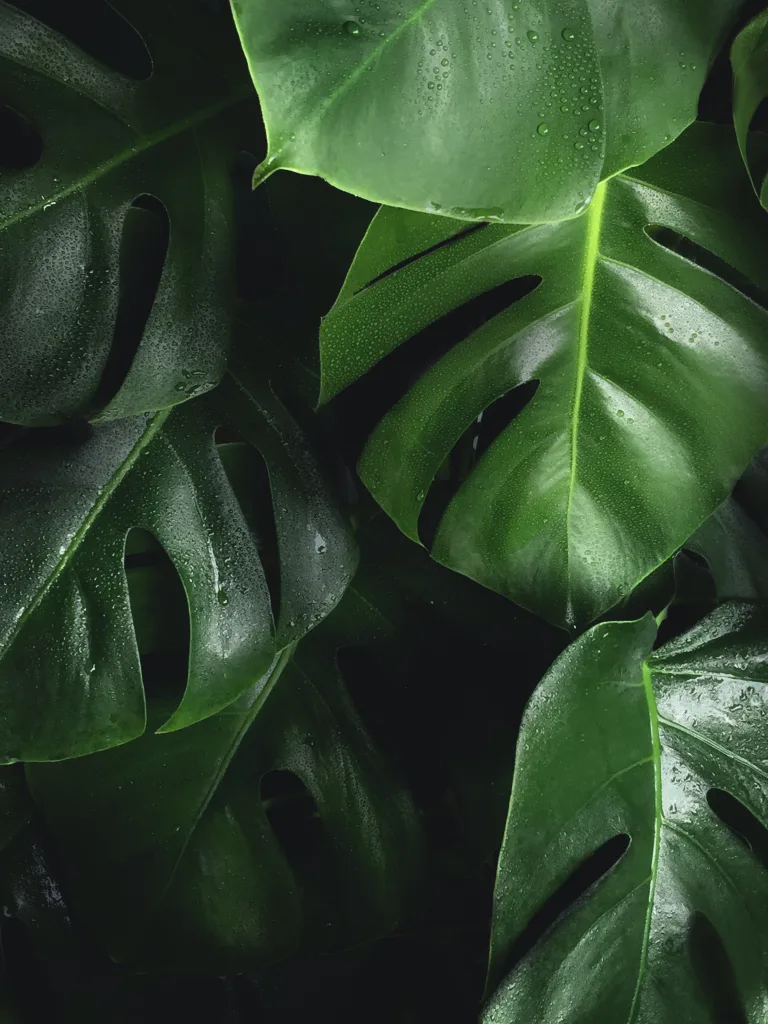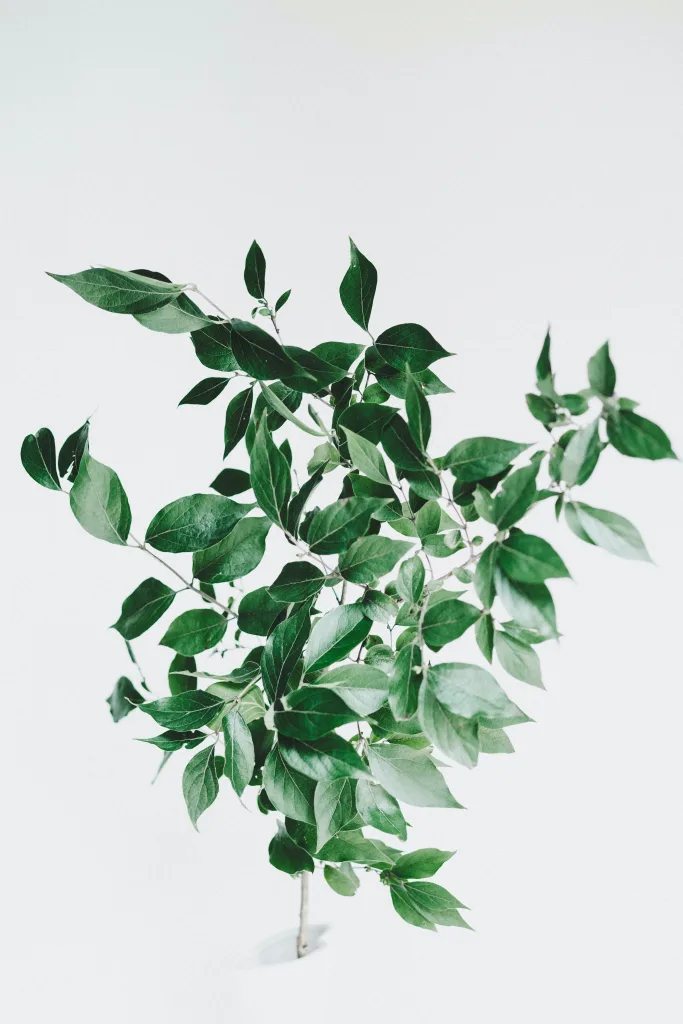Imagine you are walking through a tranquil Zen garden, surrounded by the peaceful sounds of nature and the gently flowing water. As you admire the meticulously raked gravel and carefully arranged rocks, you notice a plant that seems to be struggling, its leaves wilted and drooping. In this article, we will explore the simple yet effective methods you can employ to revive a plant in a Zen garden, allowing it to thrive once again and restore harmony to this serene oasis.
Understanding the importance of a healthy plant in a Zen Garden
Significance of plants in Zen gardens
Plants play a crucial role in Zen gardens, contributing to their serene and tranquil ambiance. These gardens aim to create a harmonious and balanced environment, and plants serve as an essential element in achieving this objective. They provide a sense of natural beauty and enhance the overall aesthetics of the garden. The lush green foliage and delicate blooms add color, texture, and depth to the landscape, creating a visually appealing space that promotes relaxation and meditation.
The aesthetics of a Zen garden
The aesthetics of a Zen garden center around simplicity and minimalism, reflecting the essence of Zen philosophy. These gardens typically consist of carefully placed rocks, sand or gravel, and carefully pruned trees and shrubs. The plants are arranged in a way that symbolizes various elements of nature, such as mountains, islands, or rivers. The purpose is to create a harmonious and balanced composition that encourages mindfulness and contemplation.
Why healthy plants are crucial for Zen gardens
In order to maintain the serenity and beauty of a Zen garden, it is of utmost importance to have healthy plants. Healthy plants not only add to the visual appeal but also contribute to the overall well-being of the garden ecosystem. They provide oxygen, absorb carbon dioxide, and improve air quality, creating a more pleasant and refreshing environment. Additionally, healthy plants are more resilient to pests and diseases, ensuring the longevity and sustainability of the garden.
Identifying the condition of your plant
Recognizing signs of a healthy plant
To determine the condition of a plant, you need to be able to recognize signs of a healthy plant. A healthy plant typically has vibrant green leaves, sturdy stems, and an overall robust appearance. It exhibits regular growth patterns, with no signs of wilting, discoloration, or distortion. The foliage is lush, with no visible signs of pest damage or disease. Furthermore, a healthy plant will have a strong root system, firmly anchoring it in the ground.
Spotting symptoms of plant distress
Sometimes, plants can show signs of distress, indicating underlying issues that need to be addressed. Common symptoms of plant distress include drooping or wilting leaves, yellowing or browning foliage, stunted growth, and the presence of pests or diseases. These symptoms can vary depending on the specific plant species and the nature of the problem. It is important to carefully observe and identify these symptoms to take appropriate action accordingly.
The stage of plant illness – reversible or irreversible
Once you have identified the symptoms of plant distress, it is crucial to determine whether the condition is reversible or irreversible. Reversible plant illness refers to a temporary setback that can be resolved through proper care and intervention. This could include adjusting watering schedules, providing adequate sunlight, or addressing nutrient deficiencies. On the other hand, irreversible plant illness may indicate severe damage or disease that cannot be reversed, and the plant may need to be replaced.

Immediate action steps to rescue distressed plants
Hydration balance – Immediate watering or reduction
One of the immediate steps to rescue a distressed plant is to assess its hydration needs. If the plant is showing signs of wilting or dry soil, it may require immediate watering. However, it is crucial to strike a balance and avoid overwatering, as this can lead to root rot or other water-related issues. On the other hand, if the plant appears overwatered, it may be necessary to reduce watering frequency and allow the soil to dry out to prevent root suffocation.
Ensuring proper sunlight exposure
Proper sunlight exposure is vital for the health and growth of plants. In a Zen garden, where plants are often strategically placed, it is important to ensure that each plant receives the appropriate amount of sunlight. Some plants thrive in full sunlight, while others prefer partial shade. By understanding the sunlight requirements of each plant in your garden, you can ensure they are placed in suitable locations to receive optimal light conditions.
The importance of timely action
When it comes to rescuing distressed plants in a Zen garden, taking timely action is crucial. Plant health issues can escalate rapidly if left unattended, potentially leading to irreparable damage or the loss of the plant. Therefore, it is important to promptly address any signs of distress, investigate the underlying causes, and implement appropriate remedies. By doing so, you have a better chance of reviving the plant and restoring its health.
The Role of Soil in Reviving a Plant
Understanding the type of soil
The type of soil in a Zen garden plays a vital role in plant health and growth. Different plants have specific soil requirements, such as well-draining soil or soil with a particular pH level. It is essential to understand the type of soil in your garden and how it may impact the plants. Conducting a soil test can provide valuable information about its composition, allowing you to make necessary adjustments to create an optimal growing environment.
Checking soil nutrient content
Assessing the nutrient content of the soil is essential for reviving distressed plants. Nutrients such as nitrogen, phosphorus, and potassium are vital for plant growth and development. A deficiency in any of these nutrients can negatively impact the plant’s health and contribute to its distress. By checking the soil nutrient content, you can identify any deficiencies and take appropriate measures to restore the nutrient balance.
Introducing new, nutrient-rich soil
If the soil in your Zen garden is lacking in nutrients, it may be necessary to introduce new, nutrient-rich soil. This can be done through the addition of organic matter, such as compost or well-rotted manure. These amendments not only enhance the nutrient content of the soil but also improve its structure and water-holding capacity. By providing the plants with a healthy and nutrient-rich growing medium, you can support their revival and encourage healthy growth.

Specific plant nutrients and their importance
Understanding plant nutrition
Understanding plant nutrition is vital for identifying and addressing nutrient deficiencies. Plants require a combination of macronutrients and micronutrients for proper growth and functioning. Macronutrients, such as nitrogen, phosphorus, and potassium, are required in larger quantities, while micronutrients, such as iron, manganese, and zinc, are needed in smaller amounts. Each nutrient plays a specific role in the plant’s physiological processes and must be present in appropriate quantities for optimal plant health.
Identifying nutrient deficiencies
Nutrient deficiencies can manifest in various ways, depending on the specific nutrient that is lacking. Common signs of nutrient deficiencies include yellowing or discolored leaves, stunted growth, and poor flower or fruit development. By carefully observing the plant’s symptoms and comparing them to nutrient deficiency charts, you can identify the specific nutrient that may be lacking and take appropriate measures to address it.
Providing the right nutrients
Once the nutrient deficiencies have been identified, providing the right nutrients is crucial for reviving distressed plants. This can be achieved through the use of organic or synthetic fertilizers specifically formulated to address the identified deficiencies. Additionally, foliar sprays or nutrient-rich compost can also be utilized to provide a quick boost of essential nutrients. It is important to follow recommended dosages and application methods to avoid over-fertilization and potential harm to the plant.
Controlling pests and disease in a Zen Garden
Identifying common pests in Zen gardens
Pest infestations can pose a serious threat to the health of plants in a Zen garden. Common pests that can affect Zen garden plants include aphids, mealybugs, spider mites, and snails. These pests can cause damage to the foliage, sap the plant’s energy, and transmit diseases. By regularly inspecting the plants for signs of pests, such as visible insects or chewed leaves, you can promptly identify and address any pest issues.
Organic ways to control pests
In a Zen garden, maintaining the organic integrity is often important. Therefore, opting for organic pest control methods is advisable. Some effective organic pest control methods include handpicking pests, creating physical barriers, using insecticidal soaps or neem oil, and introducing beneficial insects that prey on garden pests. Applying these methods can help control pest populations and minimize the risk of plant damage.
Recognizing and treating plant diseases
Plant diseases can be detrimental to the overall health and vitality of Zen garden plants. Fungal diseases, such as powdery mildew or root rot, bacterial infections, and viral diseases can all cause significant damage if left unchecked. By familiarizing yourself with common plant diseases and their symptoms, you can quickly recognize any signs of disease and take appropriate measures to treat or prevent their spread. This may include using fungicides, pruning affected plant parts, or implementing cultural practices that discourage disease development.

Pruning and Trimming the Distressed Plant
When and why to prune
Pruning is an important technique for maintaining the health and appearance of plants in a Zen garden. Knowing when and why to prune your distressed plant is crucial for its revival. Pruning is typically done to remove dead, damaged, or diseased branches, improve airflow and light penetration, and promote overall plant vigor. By removing these undesirable elements, you can redirect the plant’s energy towards healthy growth and encourage its recovery.
Proper techniques for pruning Zen garden plants
When pruning Zen garden plants, it is important to use proper techniques to minimize stress and potential damage. Begin by sanitizing your pruning tools to prevent the spread of diseases. Make clean and precise cuts just above a leaf node or lateral bud, using sharp bypass pruners or shears. Avoid cutting too close to the main stem or leaving stubs, as this can inhibit proper healing and invite pests or diseases. Additionally, removing no more than one-third of the plant’s foliage at a time will ensure a balanced and healthy recovery.
What to avoid during pruning
While pruning is beneficial, there are certain practices that should be avoided to prevent further stress or damage to the distressed plant. Avoid excessive pruning, as this can weaken the plant and impede its ability to recover. Pruning during periods of extreme heat or cold, as well as during flowering or fruiting phases, should also be avoided, as it can disrupt the plant’s natural cycles. It is important to always consider the specific needs and growth patterns of the plant when pruning.
Mulching techniques to assist plant recovery
What is mulching and why it’s necessary
Mulching is the practice of applying a layer of organic or inorganic material to the soil surface around plants. Mulch serves multiple purposes for plant recovery in a Zen garden. Firstly, it helps conserve soil moisture by reducing evaporation, preventing the drying out of the plant’s root system. Secondly, it insulates the soil, protecting plant roots from extreme temperatures. Additionally, mulch helps suppress weed growth and improve soil fertility as it decomposes.
How to correctly apply mulch
To correctly apply mulch, start by removing any weeds or grass around the base of the distressed plant. Then, apply a layer of mulch, preferably organic material such as wood chips, straw, or compost, around 2-4 inches deep. Take care not to pile the mulch directly against the plant stem, as this can create a moist environment and encourage rot or disease. Instead, leave a small gap between the mulch and the stem to allow for air circulation.
Different types of mulch suitable for Zen gardens
In a Zen garden, selecting the right type of mulch is crucial for maintaining the aesthetic appeal and complementing the overall design. Organic mulches, such as shredded bark or wood chips, provide a natural and earthy look while offering the benefits of weed suppression and moisture retention. Inorganic mulches, such as gravel or pebbles, can create a clean and minimalist appearance. The choice of mulch should align with the specific plant requirements and the desired aesthetic of the Zen garden.
Transplanting the plant if necessary
Signs that transplanting is needed
Transplanting a distressed plant may be necessary if its current location is unsuitable or if the plant is not thriving due to poor soil conditions, inadequate light, or overcrowding. Signs that indicate the need for transplantation include stunted growth, yellowing or wilting leaves that cannot be attributed to other factors, or the observation of rootbound roots when removing the plant from its container or ground.
Steps to effective transplanting
Effective transplanting begins with selecting a new location that meets the plant’s specific requirements for sunlight, soil conditions, and space. The new hole should be dug wider and deeper than the plant’s root ball to accommodate healthy root development. Carefully remove the distressed plant from its current location, taking care not to damage the roots. Place the plant in the new hole, ensuring that it is level with or slightly above the surrounding soil. Backfill the hole with soil, gently firming it around the roots to eliminate air pockets, and water thoroughly.
Caring for a transplanted plant
Caring for a transplanted plant is crucial to ensure its successful recovery and establishment. Keep the transplanted plant well-watered, providing enough moisture to help it overcome any shock or stress caused by the transplantation process. Monitor the plant closely for signs of wilting or other distress, and consider providing temporary shade or protection from strong winds until it has fully adjusted to its new surroundings. Apply a layer of mulch around the base of the plant to conserve moisture and provide insulation.
Monitoring and maintaining plant health
Ongoing plant health checks
Maintaining the health of plants in your Zen garden is an ongoing process that requires regular monitoring. Conduct periodic plant health checks by inspecting the foliage, stems, and overall appearance of the plants. Look for any signs of wilt, discoloration, pest damage, or disease and address any issues promptly. Regularly assess soil moisture levels and adjust watering practices as needed. By staying vigilant and proactive, you can quickly identify and remedy any potential problems before they escalate.
Routine maintenance for Zen garden plants
Routine maintenance is essential for the overall health and longevity of Zen garden plants. This includes tasks such as regular pruning to remove dead or unwanted growth, removing weeds to prevent competition for nutrients, and providing appropriate fertilization based on plant needs. Regularly inspect and clean any decorative elements in the garden, such as rocks or gravel, to maintain their aesthetic appeal and prevent the accumulation of debris that could harbor pests or diseases.
Long-term strategies for plant health
In addition to ongoing monitoring and routine maintenance, implementing long-term strategies is crucial for the sustained health of Zen garden plants. This includes selecting plant species that are well-suited to the specific climate and conditions of the garden, as well as considering their growth habits and potential for overcrowding. Proper plant spacing and thoughtful placement can reduce the risk of nutrient competition, pest infestations, and disease outbreaks. Providing appropriate care, including optimal watering, fertilization, and protection from extreme weather conditions, is essential for long-term plant health in a Zen garden.
By understanding the importance of a healthy plant in a Zen garden, identifying the condition of your plants, taking immediate action to rescue distressed plants, addressing soil quality and nutrient deficiencies, controlling pests and diseases, pruning and trimming, utilizing mulching techniques, transplanting if necessary, and monitoring and maintaining plant health, you can ensure the vitality and beauty of your Zen garden. With a little care and attention, your plants will thrive, contributing to the soothing and harmonious atmosphere that Zen gardens are known for.




